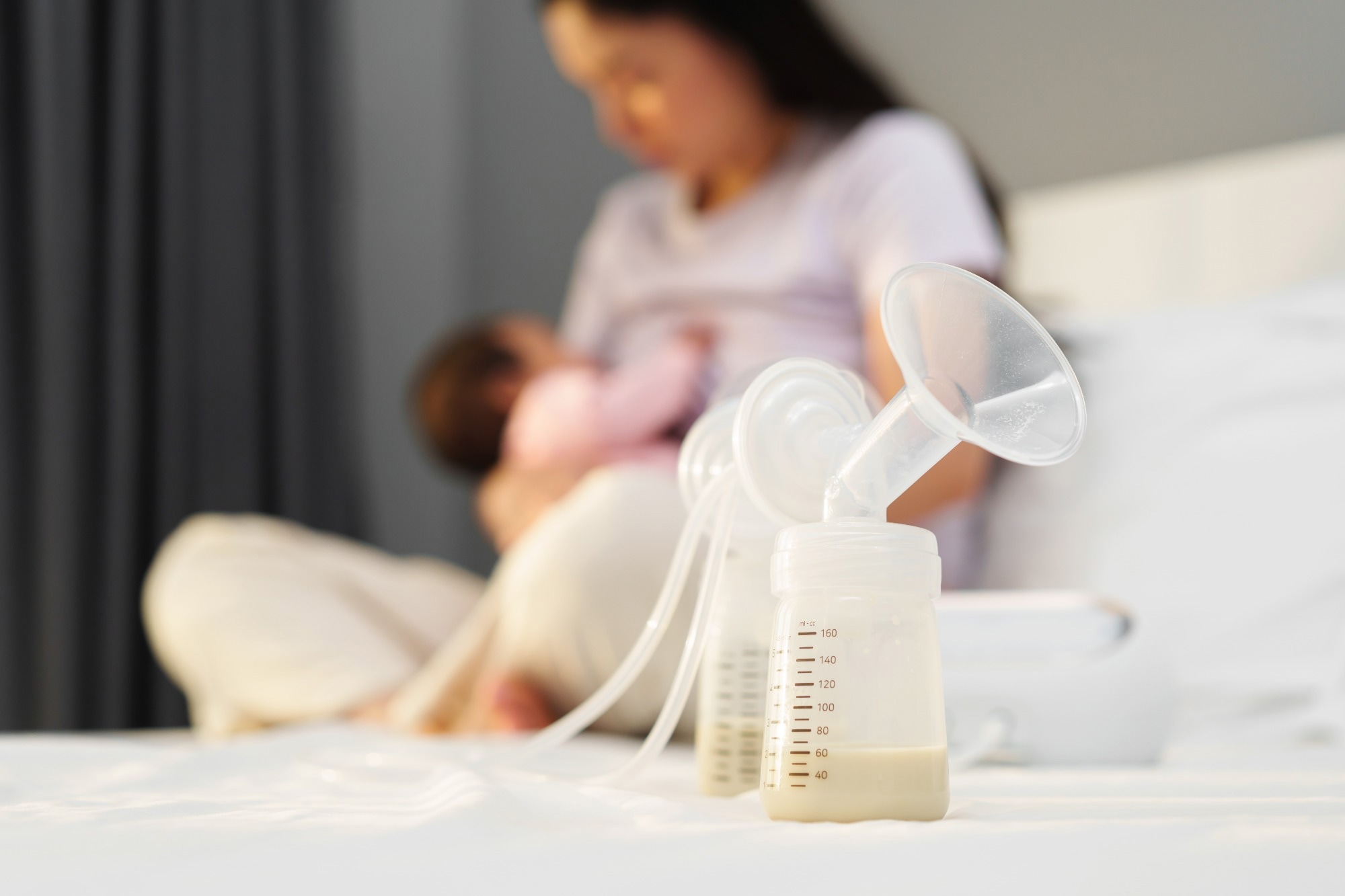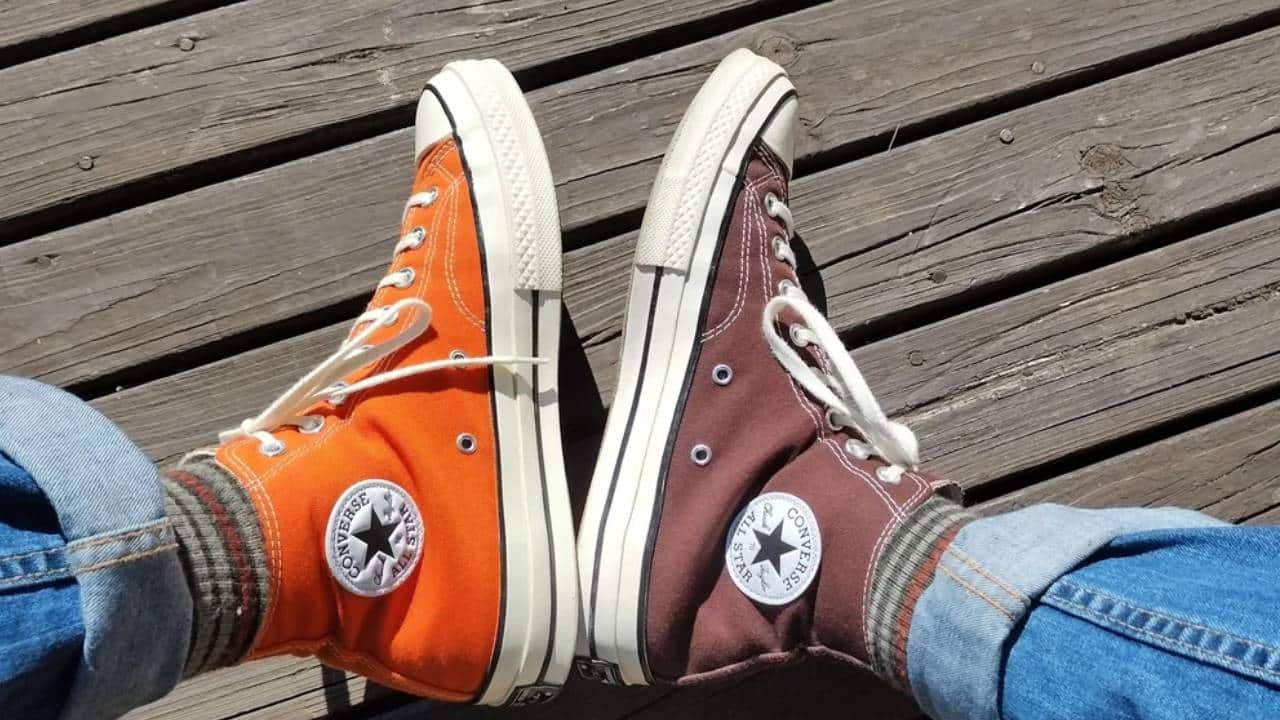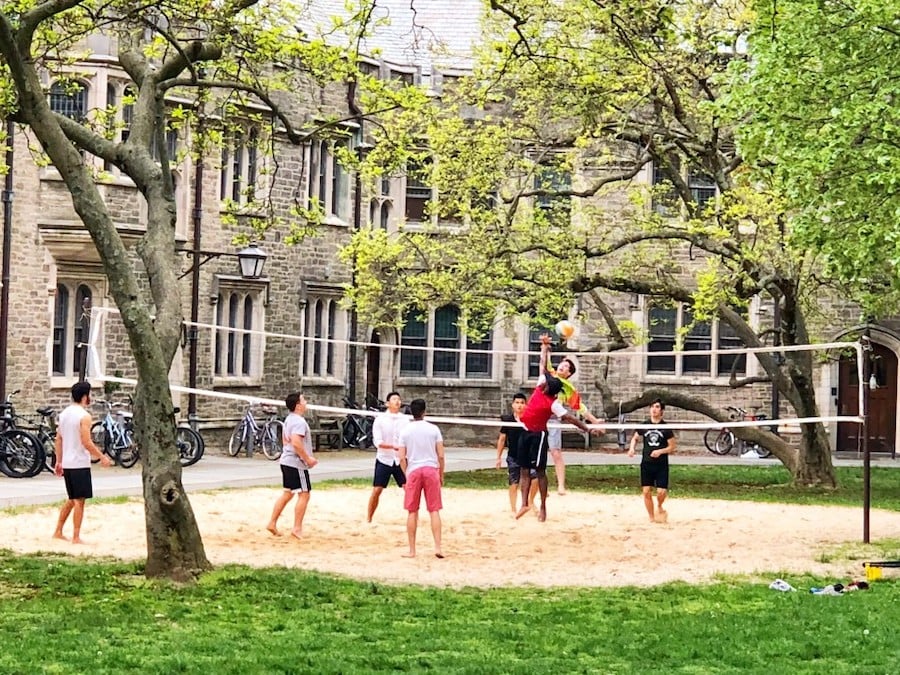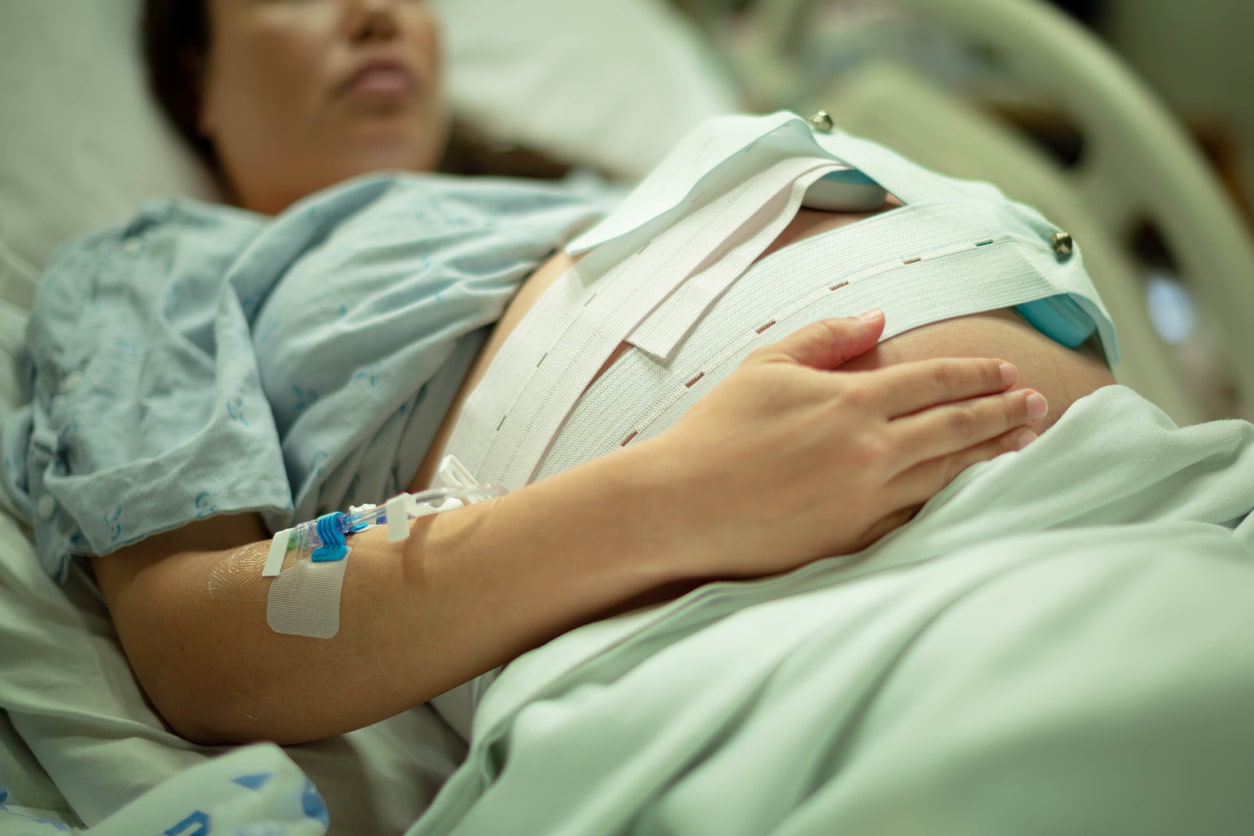Compared to infant formula, breastmilk contains antibodies that offer passive immunity to the infant against many communicable diseases. A recent paper in the journal iScience explores the presence and effectiveness of neutralizing antibodies to the severe acute respiratory syndrome coronavirus 2 (SARS-CoV-2) in breastmilk following infection, vaccination with different vaccines, or both.
 Study: Assessment of SARS-CoV-2 neutralizing antibody titers in breast milk from convalescent and vaccinated mothers. Image Credit: BaLL LunLa / Shutterstock.com
Study: Assessment of SARS-CoV-2 neutralizing antibody titers in breast milk from convalescent and vaccinated mothers. Image Credit: BaLL LunLa / Shutterstock.com
Introduction
Throughout the coronavirus disease 2019 (COVID-19) pandemic, many pregnant women either contracted SARS-CoV-2 infection or were vaccinated. Unfortunately, some vaccinated women also experienced breakthrough infections (BTIs) or reinfections, while others were vaccinated after recovering from COVID-19. These women are considered to have hybrid immunity.
About the study
The current study utilized 84 breastmilk samples from 84 women, eight of whom had a history of COVID-29 during the first three months following the declaration of the pandemic in March 2020. In addition, 13 had a confirmed BTI during the Omicron wave in early 2022.
Breastmilk donors had received the messenger ribonucleic acid (mRNA) vaccines Comirnaty or mRNA-1273 or the adenovirus vector vaccine ChAdOx1, had a history of COVID-19, or were both infected and vaccinated. There were 16 participants in each of the vaccine groups, all of whom had received two vaccine doses.
Another ten samples came from mothers who had received a third Comirnaty booster vaccine dose. Five samples were obtained from mothers who were vaccinated after recovering from COVID-19 between March 2020 and December 2020. These samples were taken at seven and 15 days from the first Comirnaty dose.
None of the ChAdOx1 recipients had a Caesarean birth. Secondly, mothers who were vaccinated after recovering from COVID during the Omicron wave tended to do so significantly longer after the birth of their babies as compared to those who were infected during the initial wave.
Using a pseudovirus composed of the vesicular stomatitis virus (VSV) expressing the SARS-CoV-2 spike protein from the ancestral, Delta, or Omicron BA.1 strains, the researchers tested the neutralizing capacity of all milk samples.
Breast milk of convalescent mothers
The highest neutralizing titers were found in breast milk samples from convalescent mothers. Neutralizing capacity was positively correlated with the titers of immunoglobulin (Ig) A, a mucosal antibody, but not with IgG.
Poor BA.1 neutralization was observed in all samples from convalescent mothers compared to the ancestral variant at 85% and 100%, respectively. About half of the samples also neutralized the Delta variant.
When stratified by the period of infection, none of the samples from those infected during the first wave were capable of BA.1 neutralization. Among Omicron-infected samples, less than 40% were capable of neutralizing BA.1; however, 11 of the 13 samples neutralized the ancestral strain. These findings reflect the ability of BA.1 to escape from neutralization.
Most neutralizing antibodies targeted the SARS-CoV-2 spike receptor binding domain (RBD). Both Omicron and ancestral SARS-CoV-2 infections produced comparable titers of IgA antibodies to the RBD. Comparatively, IgG anti-RBD levels were higher in those infected during the Omicron wave; however, these mothers had been vaccinated with at least two vaccine doses.
Neutralizing antibody titers showed a poor correlation with IgG titers. However, this was not the case with anti-RBD IgA-neutralizing antibody titers, which were positively associated. Thus, neutralization may be primarily due to the IgA rather than IgG antibodies.
Neutralizing antibody titers were higher in samples from convalescent mothers from either wave as compared to vaccinated mothers.
Breast milk of vaccinated mothers
Both mRNA vaccines induce neutralizing antibodies to the ancestral virus in about half vaccinated mothers with comparable titers. However, none of the breast milk samples obtained from those who received ChAdOx1 contained neutralizing antibodies.
With the Delta variant, the proportion of samples that showed neutralization was 25% in the mRNA-1273 group and 6% for Comirnaty. With BA.1, neutralization occurred with one sample from the mRNA-1273 group.
Anti-RBD IgA was positive in all samples from mRNA-vaccinated mothers but only a fourth of ChAdOx1 mothers. Similarly, antibody titers were also lower in the breast milk of ChAdOx1 mothers. With anti-RBD IgG, all three groups showed comparable positivity between 93% and 100%; however, the titers were significantly lower with ChAdOx1.
Among vaccinated mothers, anti-RBD IgG and IgA both showed correlations with neutralizing antibody titers, though the latter was associated with stronger associations. IgA titers also rose with the duration of breastfeeding.
IgA is likely more relevant for the neutralization of SARS-CoV-2 in breastmilk.”
The booster dose appeared to cause no change in IgA or IgG titers in breast milk. The neutralizing capacity against the ancestral and Delta strains was significantly higher in samples from women who were infected and then vaccinated. However, BA.1 continued to escape neutralization.
Neutralizing antibodies against the ancestral variant were higher in this group as compared to those who had taken two or three doses of the vaccines. Neutralizing antibody titers were correlated with both anti-RBD IgA and IgG, as well as total IgA, which rose with the duration of breastfeeding.
What are the implications?
Vaccination primarily induces IgG antibodies as compared to IgA, which are produced to a greater extent following natural infection. Compared to vaccination, the superior immune responses observed after infection confirms the higher neutralizing response produced during infection. Notably, BA.1 was capable of immune escape following infection and vaccination.
Neutralizing antibody titers were correlated with anti-RBD IgA titers in samples from convalescent women. This observation emphasizes the critical protective role of IgA.
IgA is the most abundant isotype in breast milk, as it comprises between 70% to 90% of all antibodies. In breast milk, this antibody is present as dimeric secretory IgA (sIgA), which coats the mucosal surfaces and possesses high antiviral activity.
This finding suggests the protective value of sIgA in breastmilk against the respiratory pathogen SARS-CoV-2. Moreover, anti-SARS-CoV-2 IgA persists longer than IgG.
ChAdOx1 failed to produce neutralizing antibodies in breast milk. This corroborates earlier research reporting the lack or low levels of IgA and other antibodies with vector-based vaccines as compared to the highly neutralizing antibody response following mRNA vaccination.
Breastmilk provides a constant flow of antibodies to the infant, which could prevent or reduce the severity of COVID-19 in the infant. Further research may help identify methods to improve neutralizing antibody titers in breast milk for better infant protection.
Overall, our results indicate that breastmilk from naturally infected women or those vaccinated with mRNA-based vaccines contains SARS-CoV-2 neutralizing antibodies that could potentially provide protection to breastfed infants from infection.”
Journal reference:
- Bäuerl, C., Zulaica, J., Rusu, L., et al. (2023). Assessment of SARS-CoV-2 neutralizing antibody titers in breastmilk from convalescent and vaccinated mothers. iScience. doi:10.1016/j.isci.2023.106802.

 PARENTING TIPS
PARENTING TIPS







 PREGNANCY
PREGNANCY








 BABY CARE
BABY CARE








 TODDLERS
TODDLERS








 TEENS
TEENS








 HEALTH CARE
HEALTH CARE






 ACTIVITIES & CRAFTS
ACTIVITIES & CRAFTS








 CONTACT
CONTACT ABOUT
ABOUT


